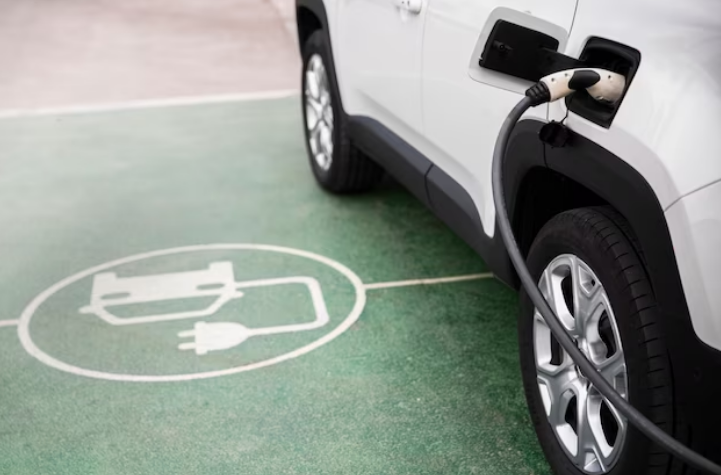Electric vehicles (EVs) are a promising solution to reducing greenhouse gas emissions and air pollution, but they are not yet accessible or affordable for everyone. The high upfront cost of EV purchasing and the lack of charging infrastructure are significant barriers for many potential buyers. This article will explore ways to break down these barriers and make electric vehicles more accessible and affordable.

Reduce the Upfront Cost
The high upfront cost is one of the most significant barriers to purchasing an electric vehicle. EVs are still more expensive than gas-powered vehicles, but the cost decreases. One way to reduce EV costs is to offer buyers incentives and rebates. Local, state and national governments can provide tax credits, refunds, or grants to help offset the cost of electric vehicle purchasing. Additionally, some automakers offer financing deals and lease options to make EVs more accessible to buyers.
Increase Charging Infrastructure
Another significant barrier to EV adoption is the lack of charging infrastructure. While there are more charging stations now than ever, many areas still do not have adequate charging infrastructure. Increasing charging stations and providing fast-charging options can make EV ownership more practical for drivers. Governments and businesses can help by installing more charging stations in public places like shopping centers, parking lots, and public transportation hubs. Homeowners can also install charging stations at their homes, making it more convenient for them to charge their vehicles overnight.
Improve Battery Technology
Battery technology is one of the most critical factors in the affordability and accessibility of electric vehicles. Improving battery technology can increase the driving range of EVs and reduce the need for frequent charging. It can also make EVs more affordable by lowering the battery cost. Automakers and researchers are developing better battery technology, such as solid-state batteries, which can increase energy density and reduce the weight of the storm. As battery technology continues to improve, the cost of EVs will decrease, making them more accessible to more people.
Educate the Public
Many people still have misconceptions about electric vehicles, such as thinking they have a shorter driving range than gas-powered vehicles or are not as reliable. Educating the public about the benefits of EVs can help break down these misconceptions and encourage more people to consider them as an option. This can include information about the cost savings of owning an EV, the environmental benefits, and the latest advances in battery technology.
Encourage Workplace Charging
One way to increase the accessibility of EVs is to encourage workplace charging. Many employers are already installing charging stations in their parking lots or garages, making it more convenient for employees who own EVs to charge their vehicles during the workday. This can also help increase the vehicle’s driving range, as the battery can be charged while the employee is at work.
In conclusion, making electric vehicles more accessible and affordable is critical to achieving a sustainable future. Reducing the upfront cost of EVs, increasing charging infrastructure, improving battery technology, educating the public, and encouraging workplace charging are all essential steps to breaking down the barriers to EV adoption. By taking these steps, we can make electric vehicles a more practical and desirable option for more people, leading to a cleaner, healthier future.